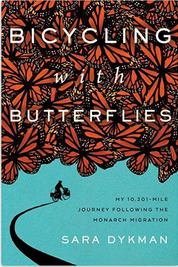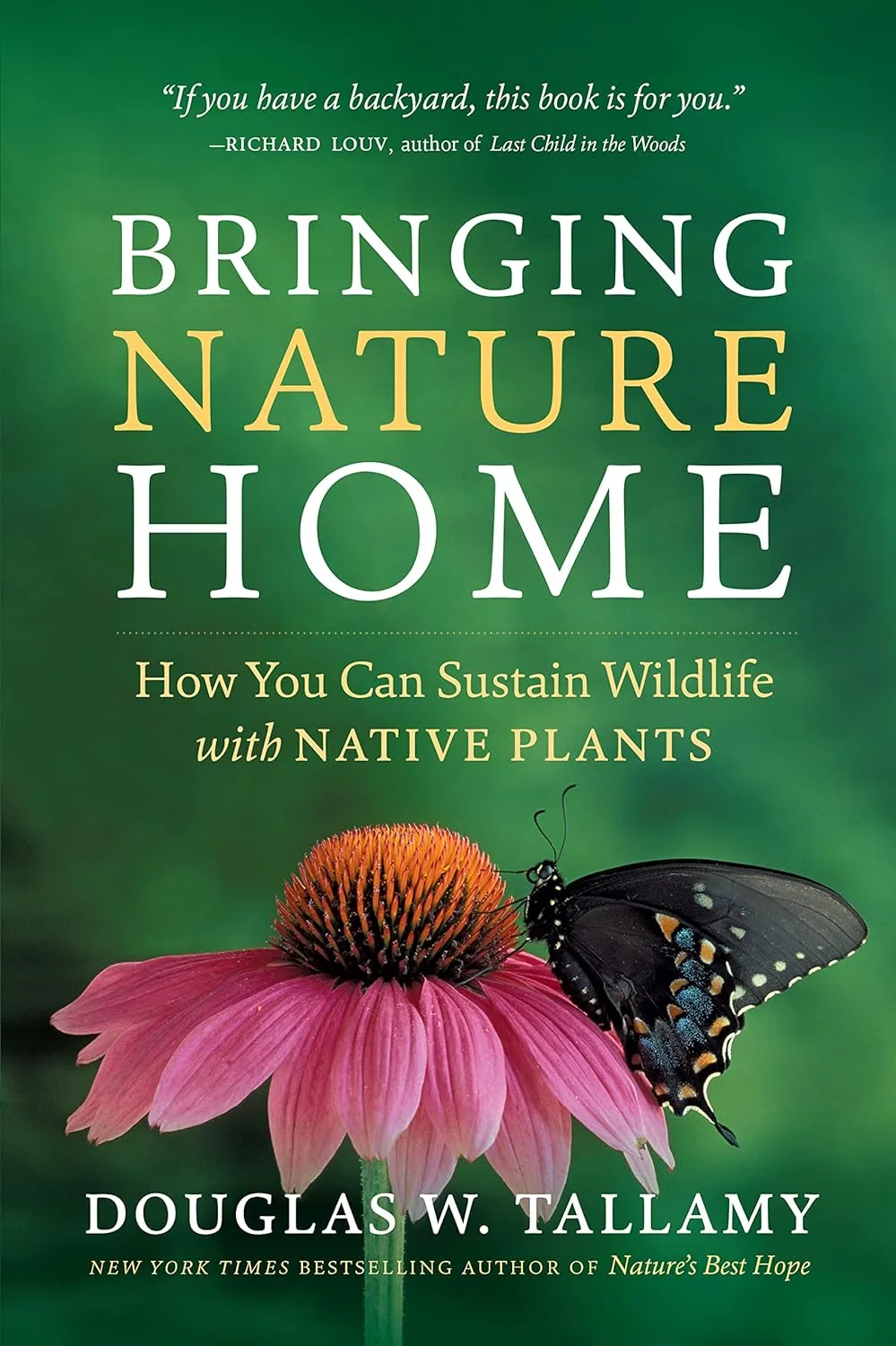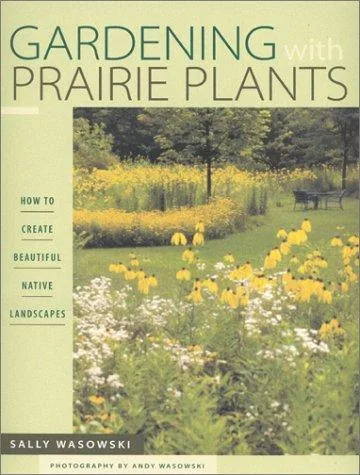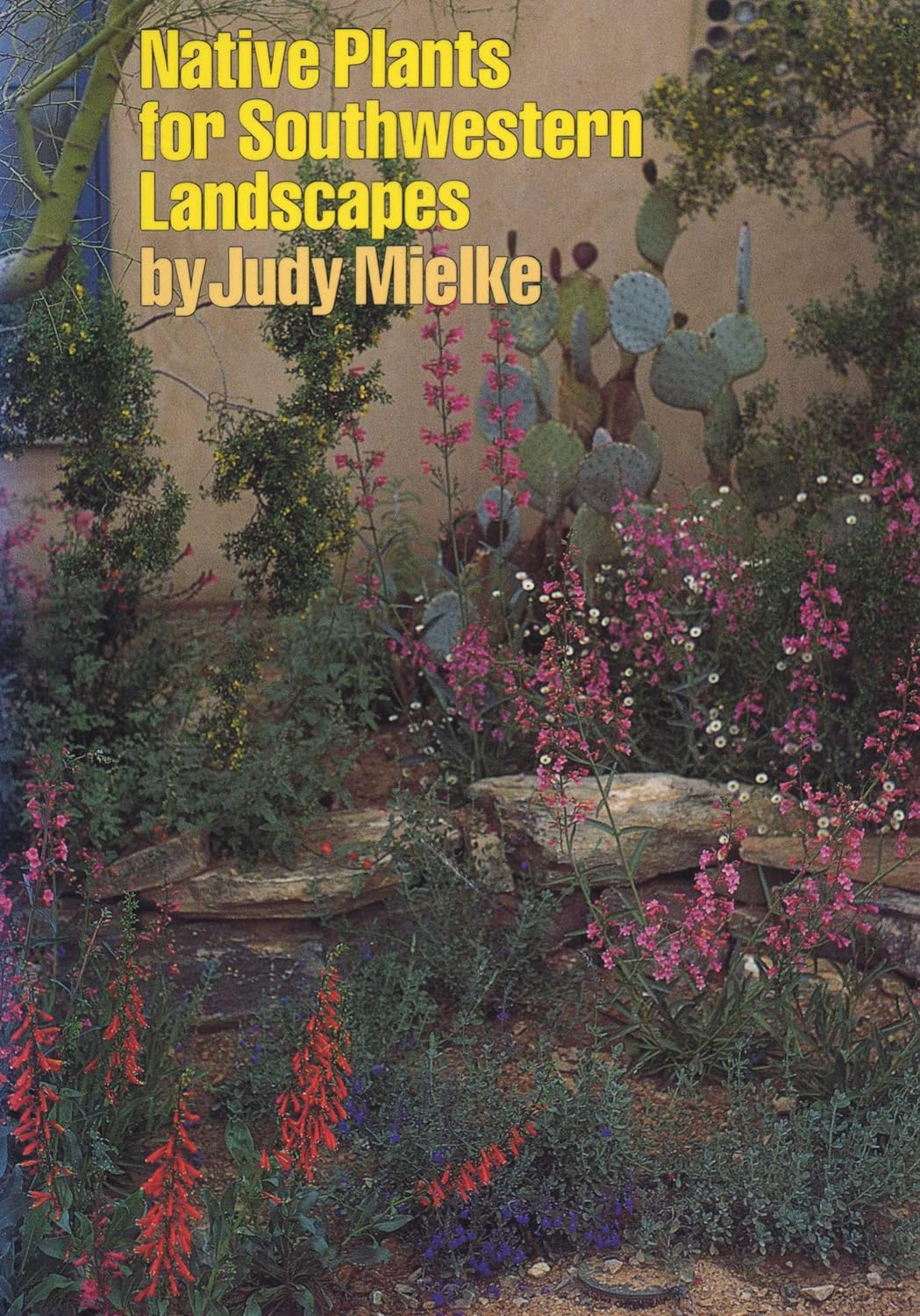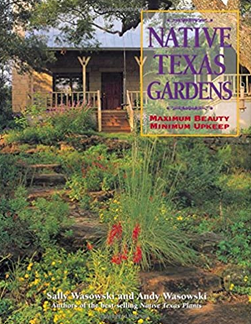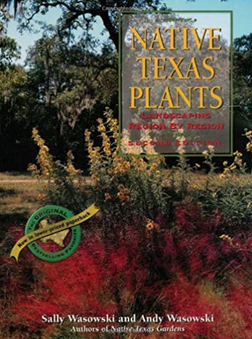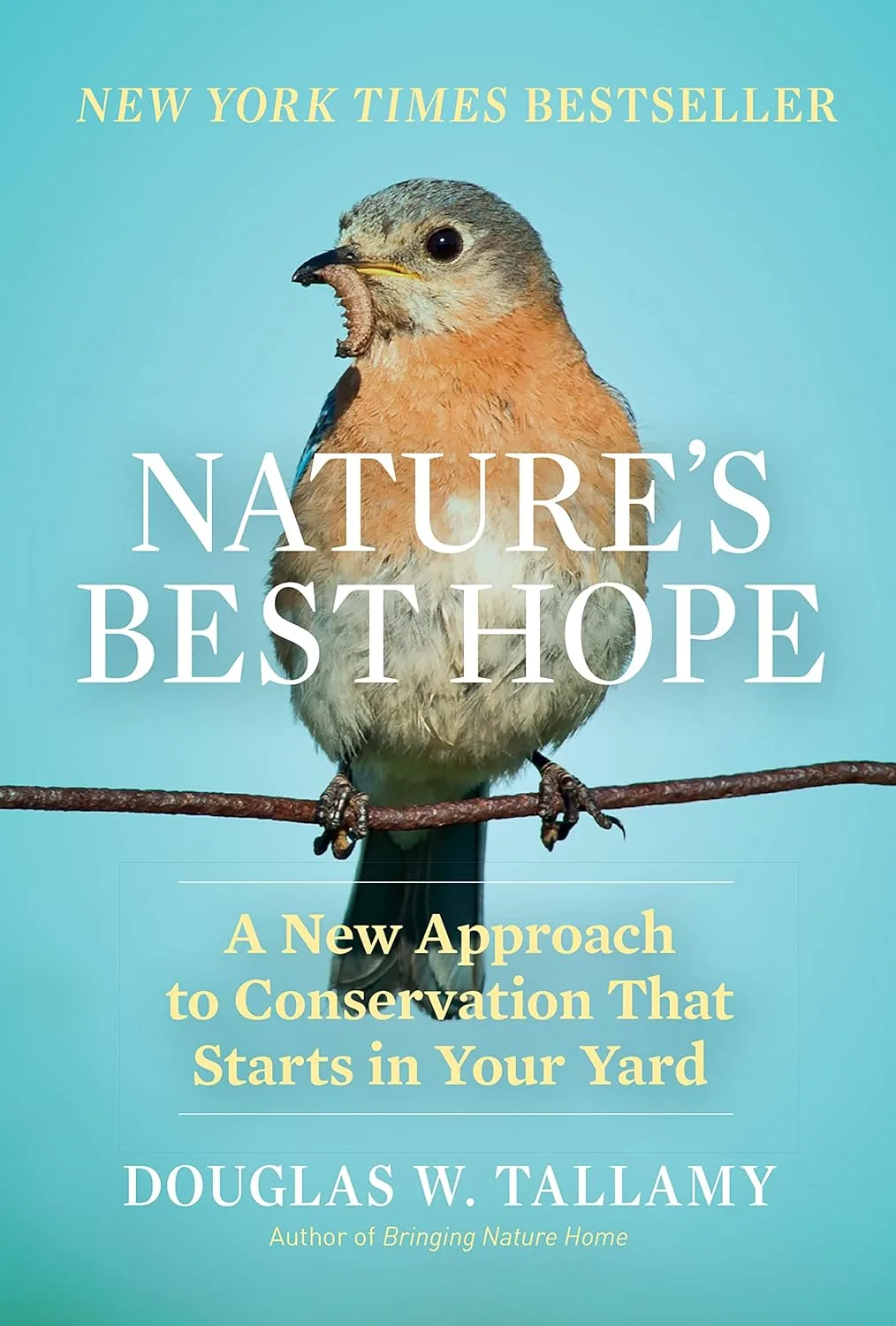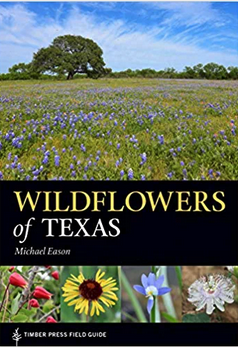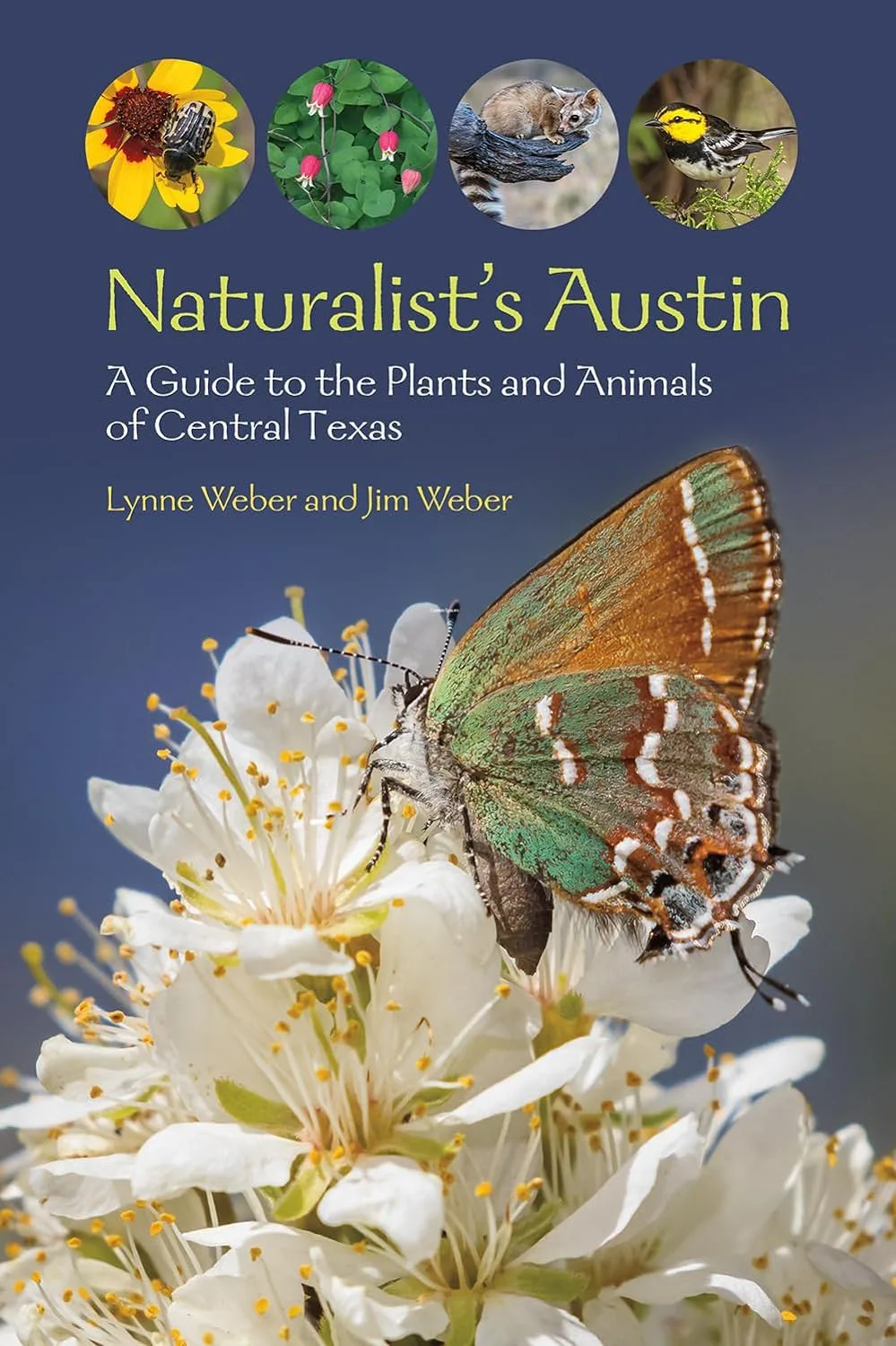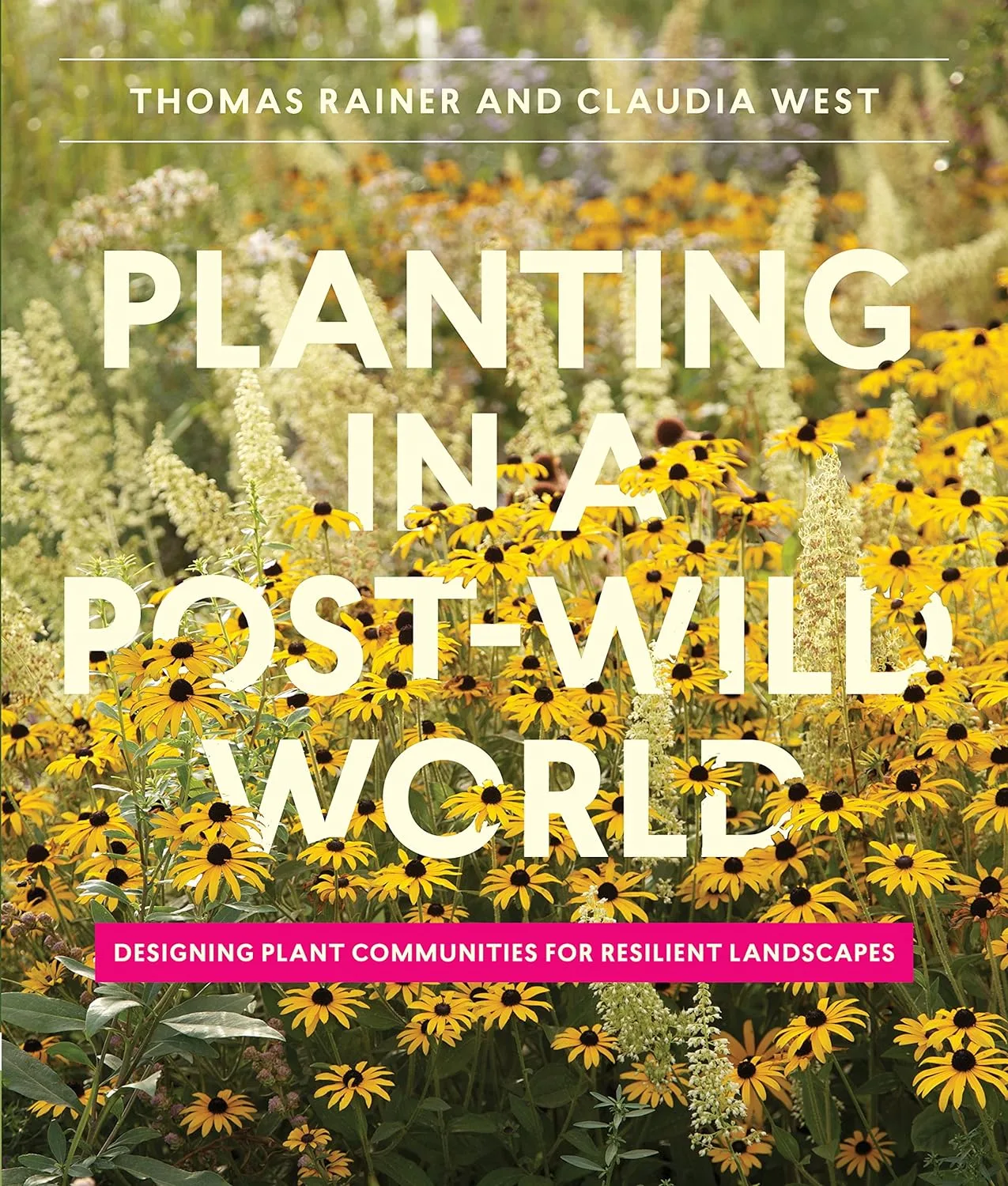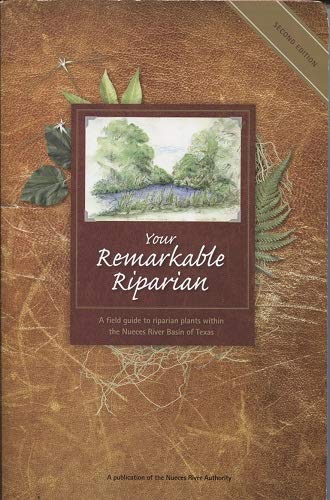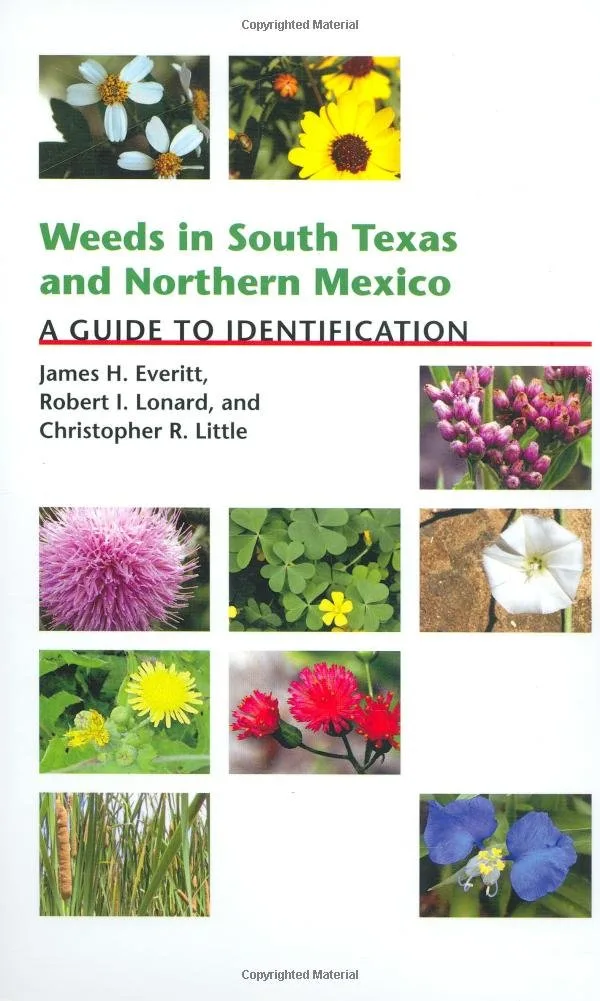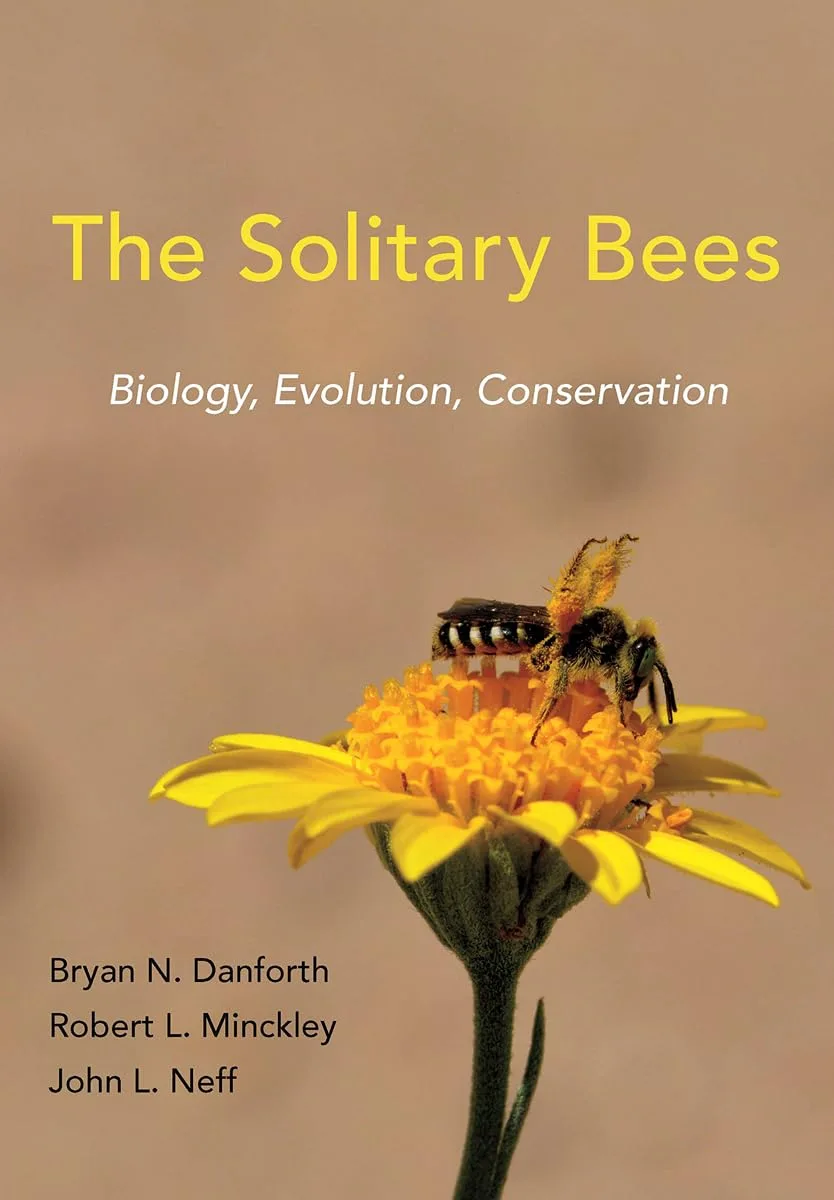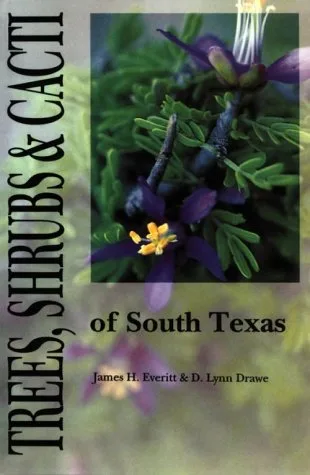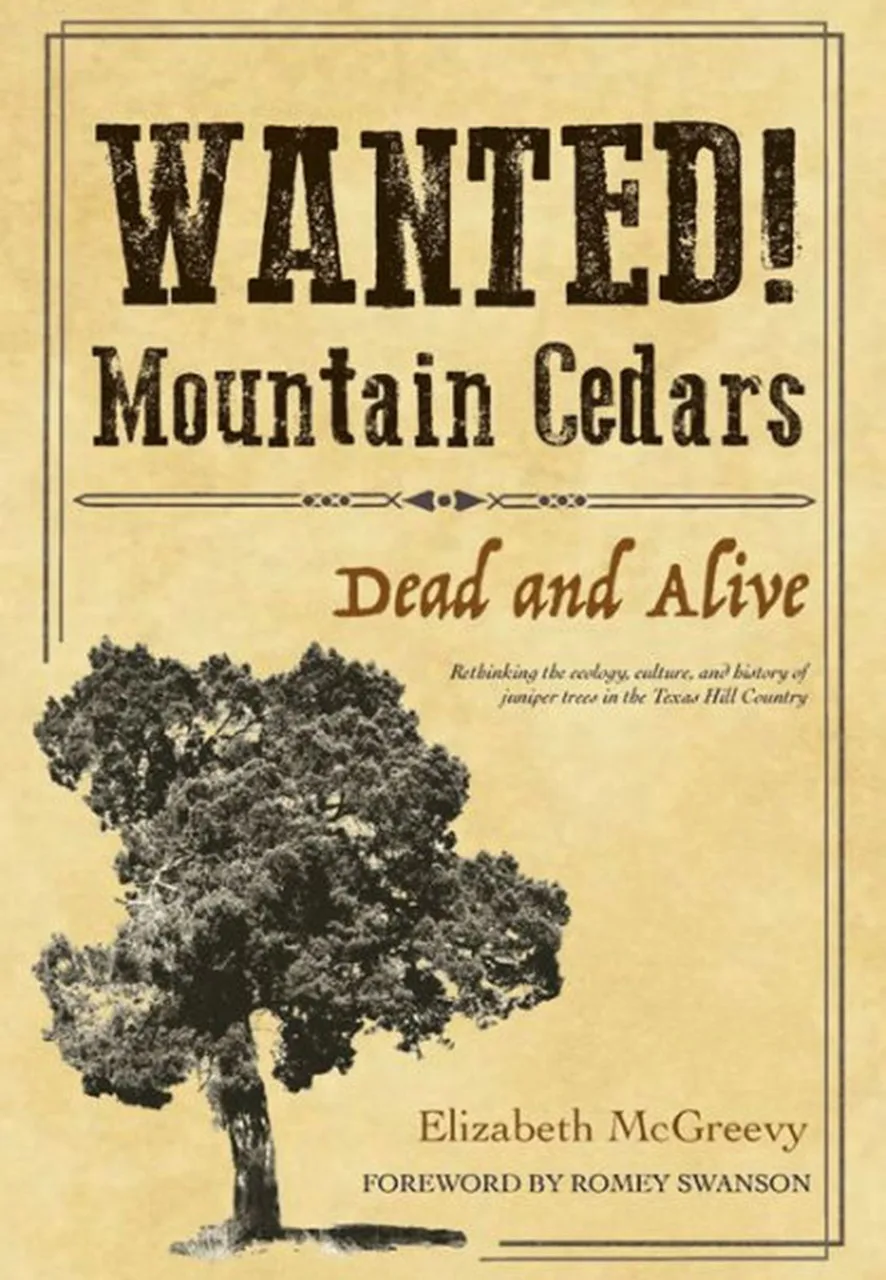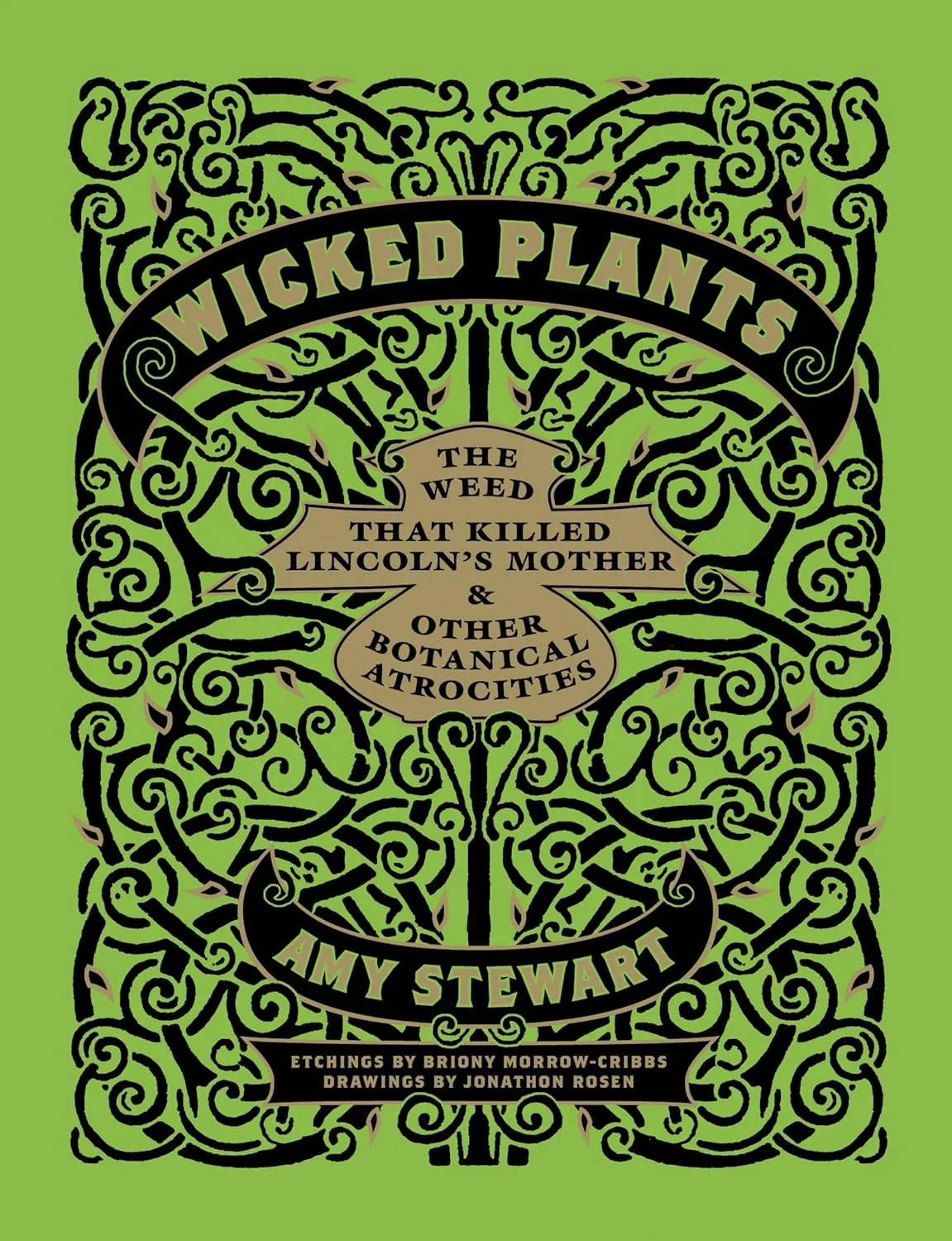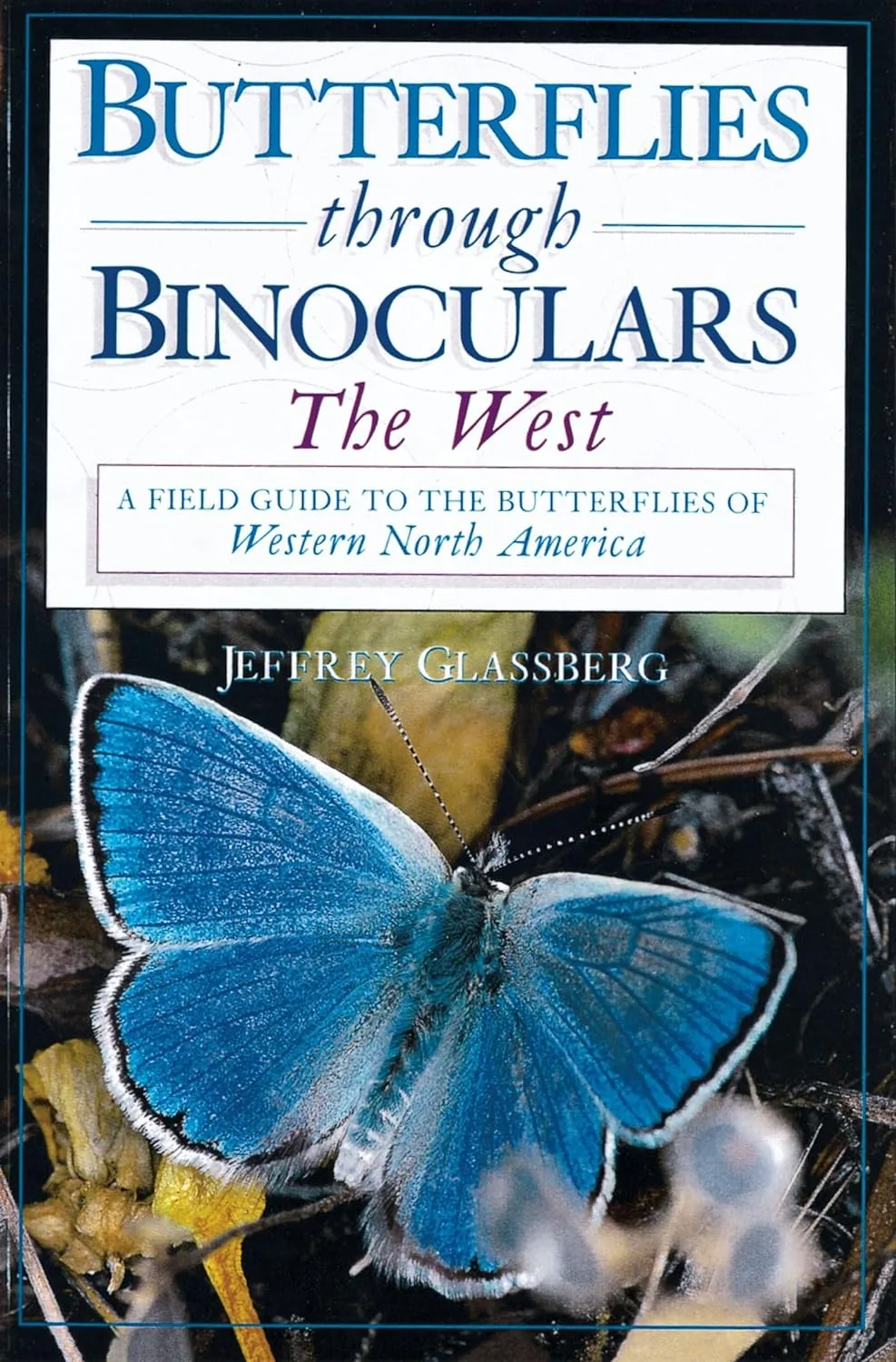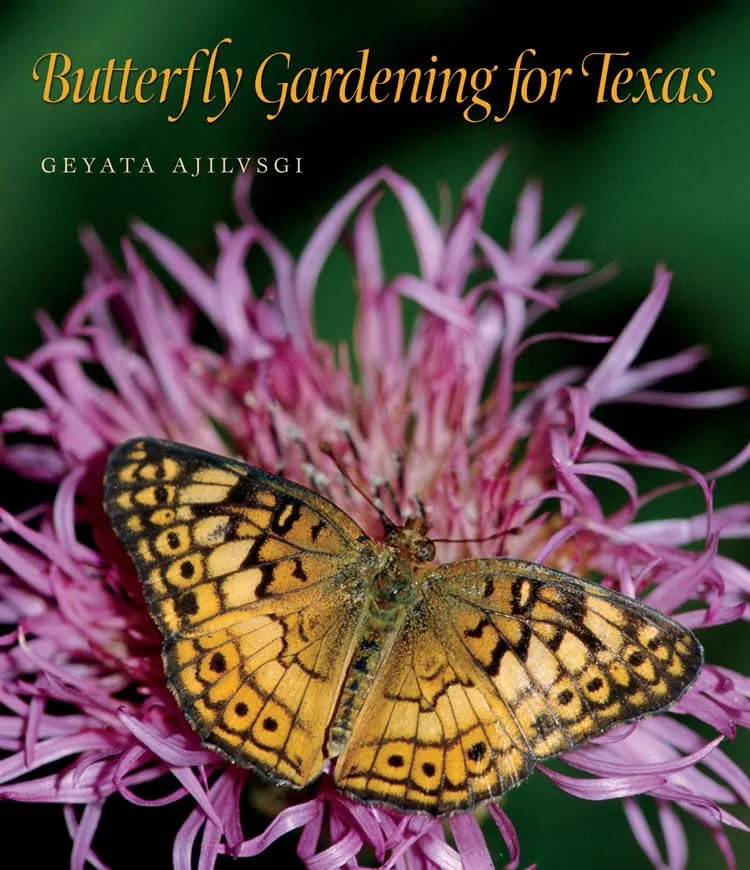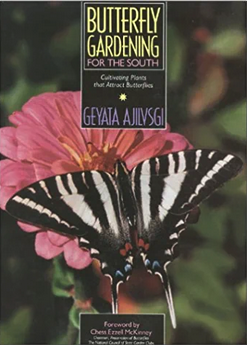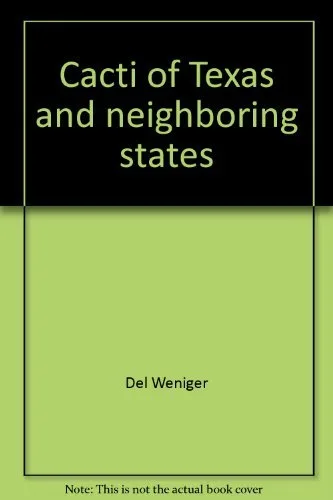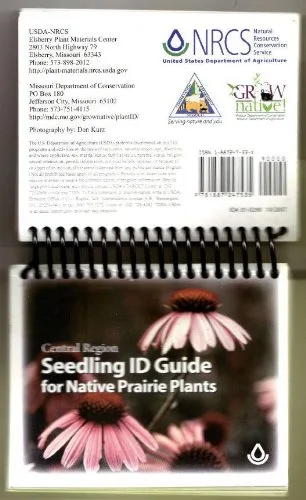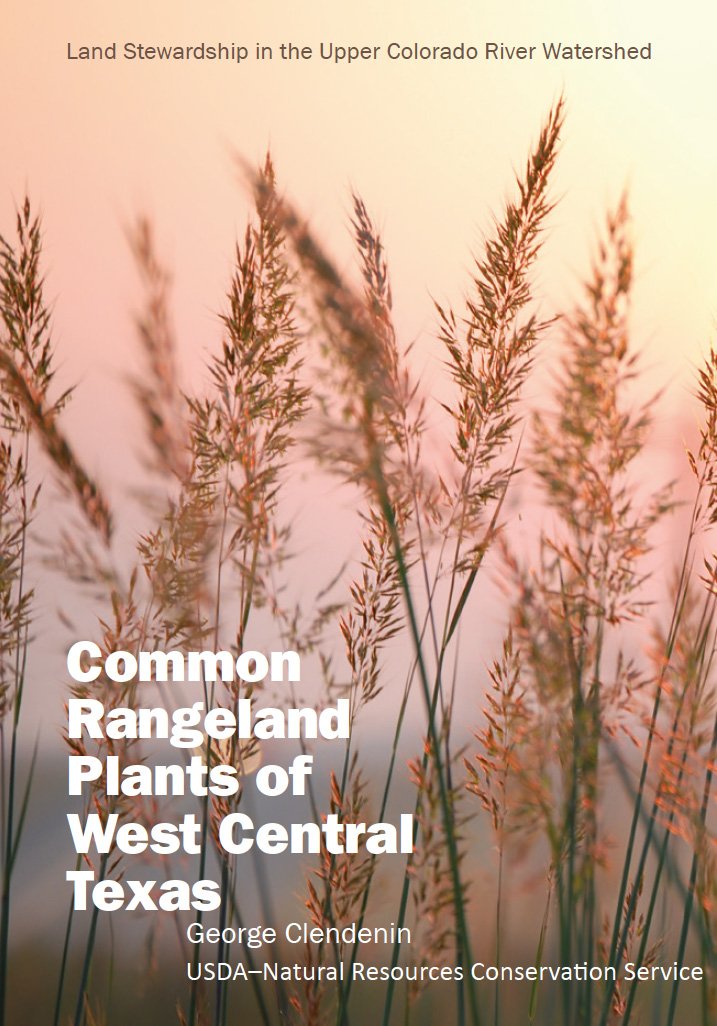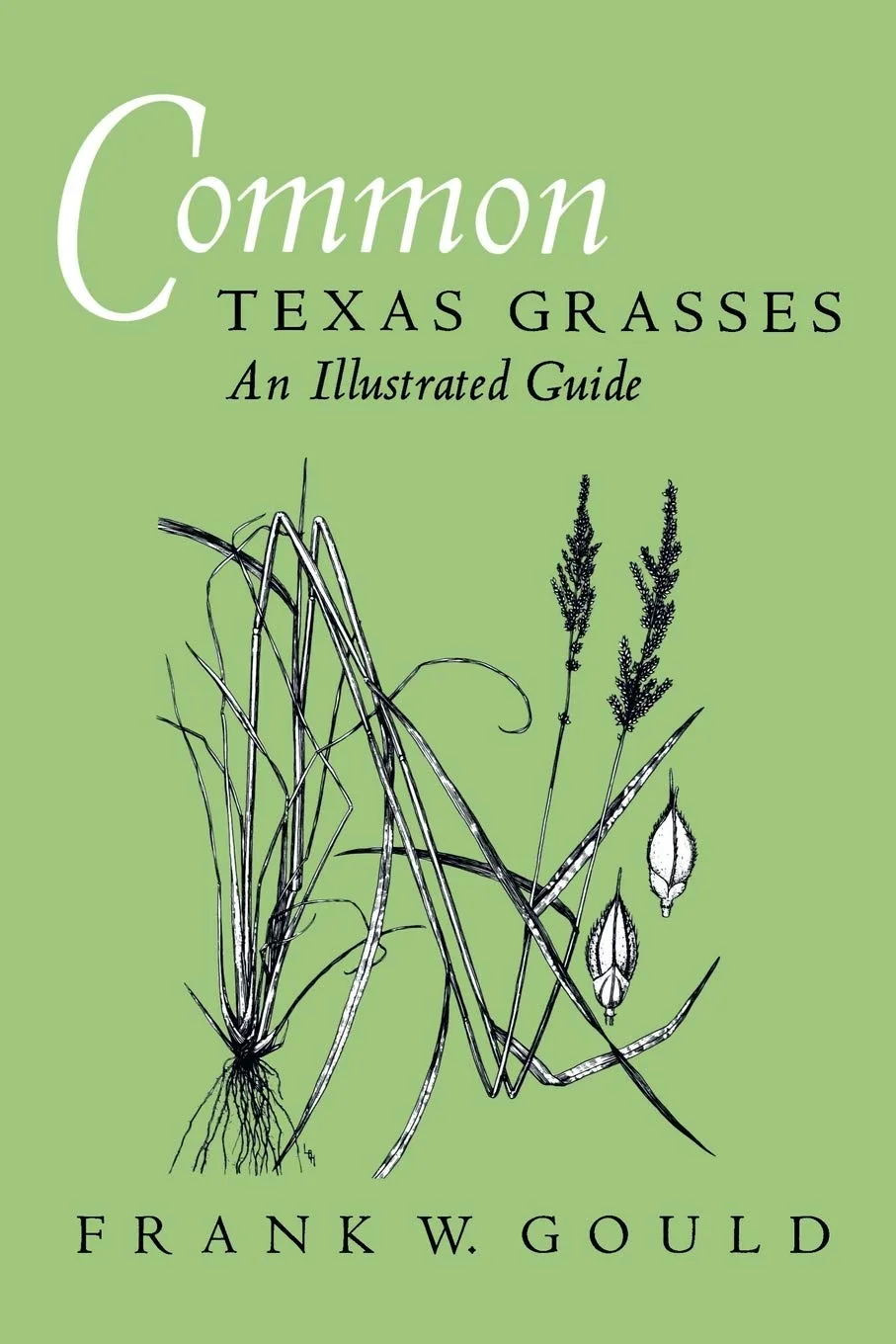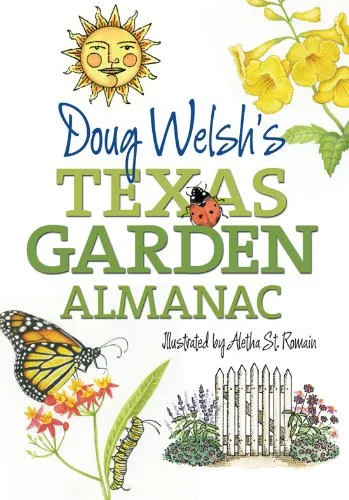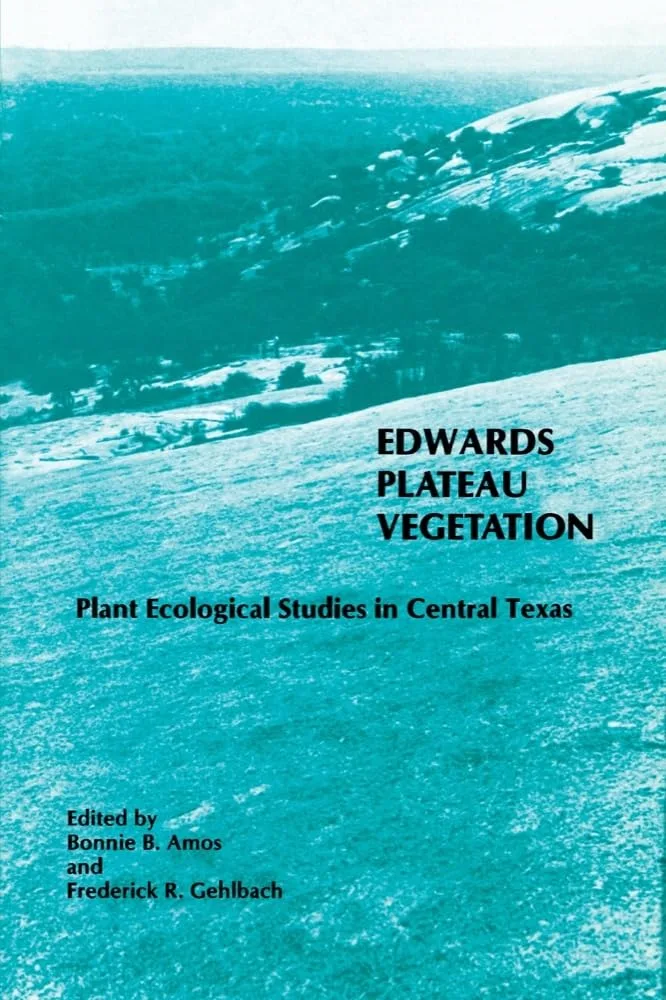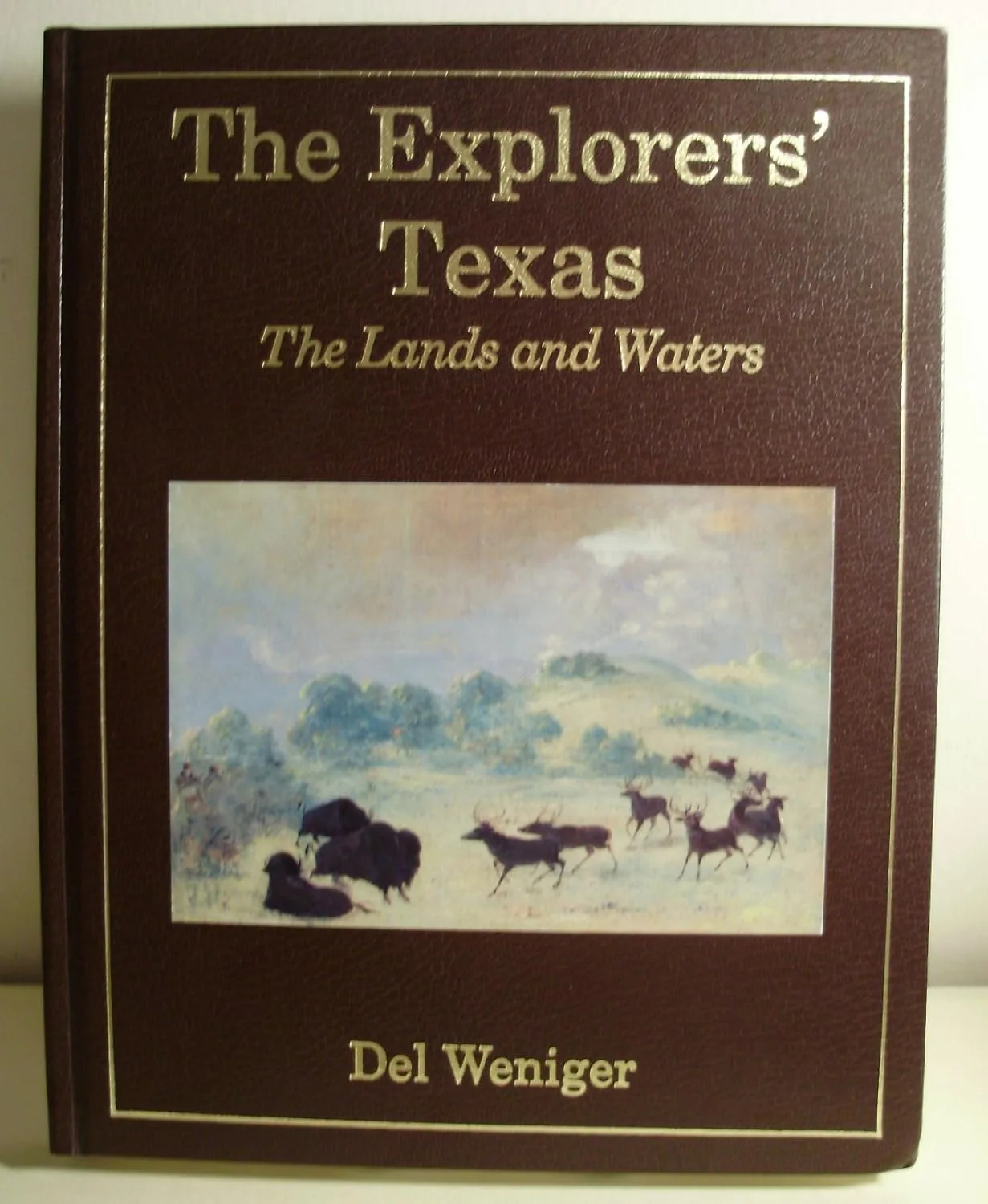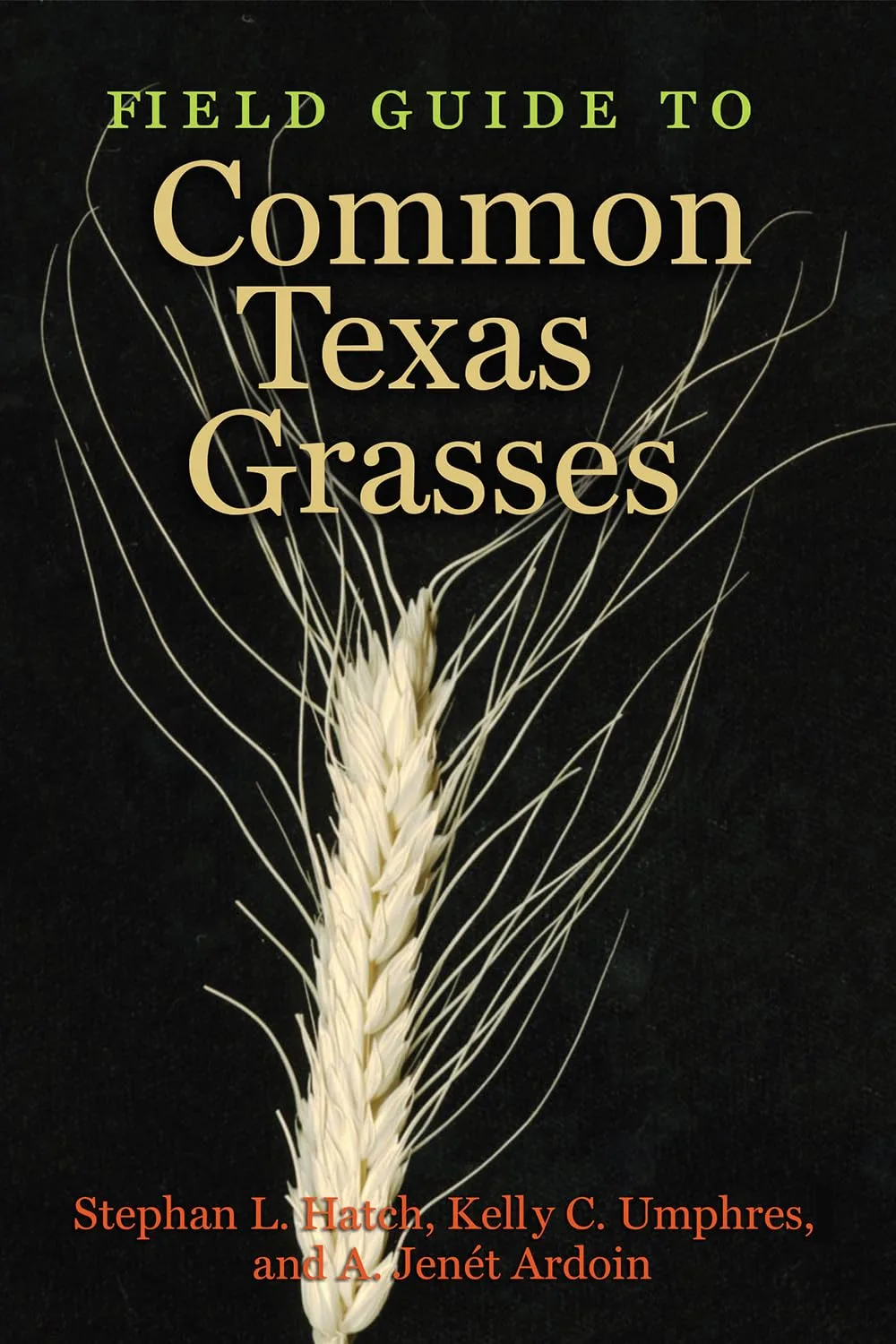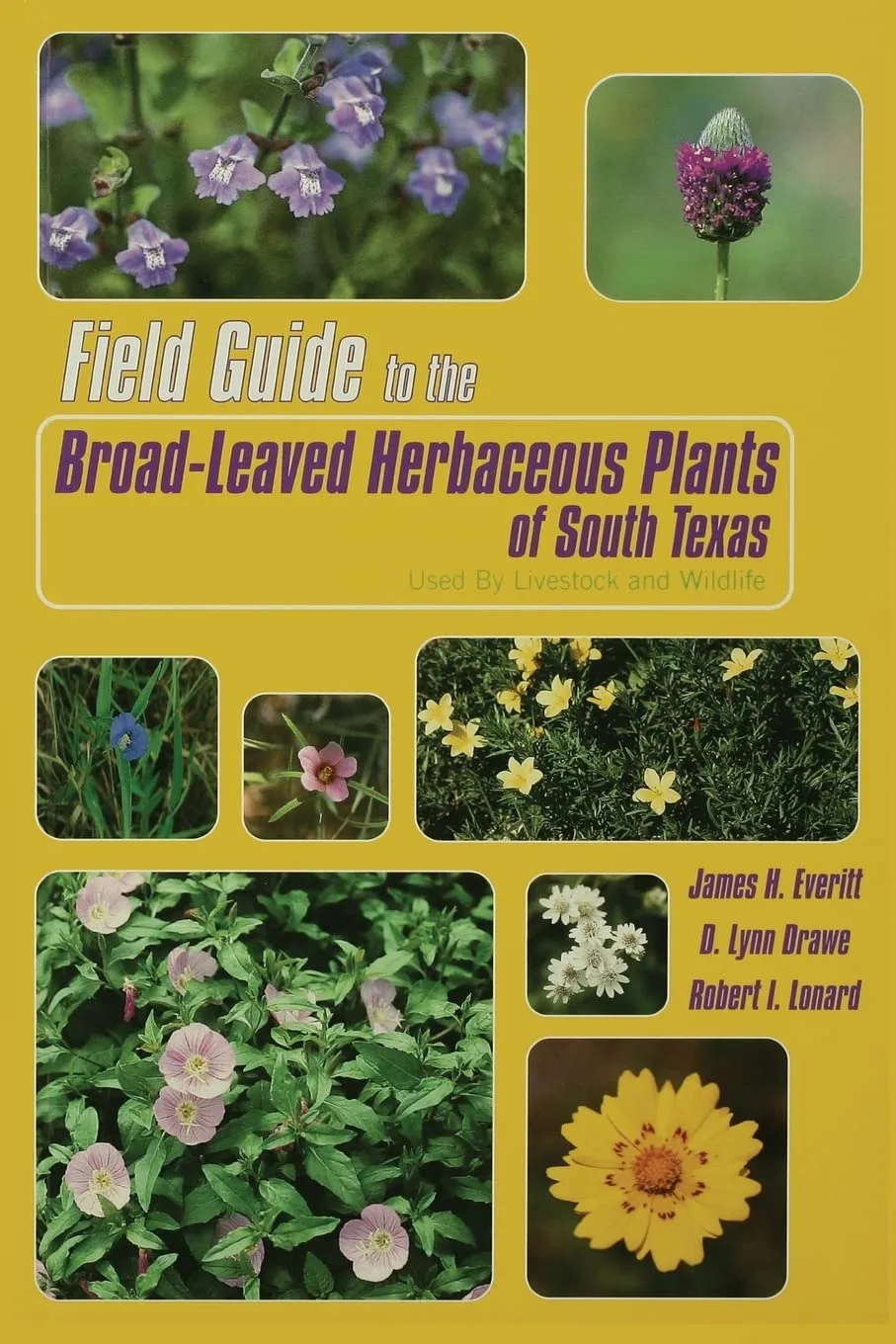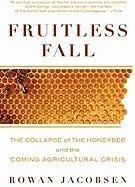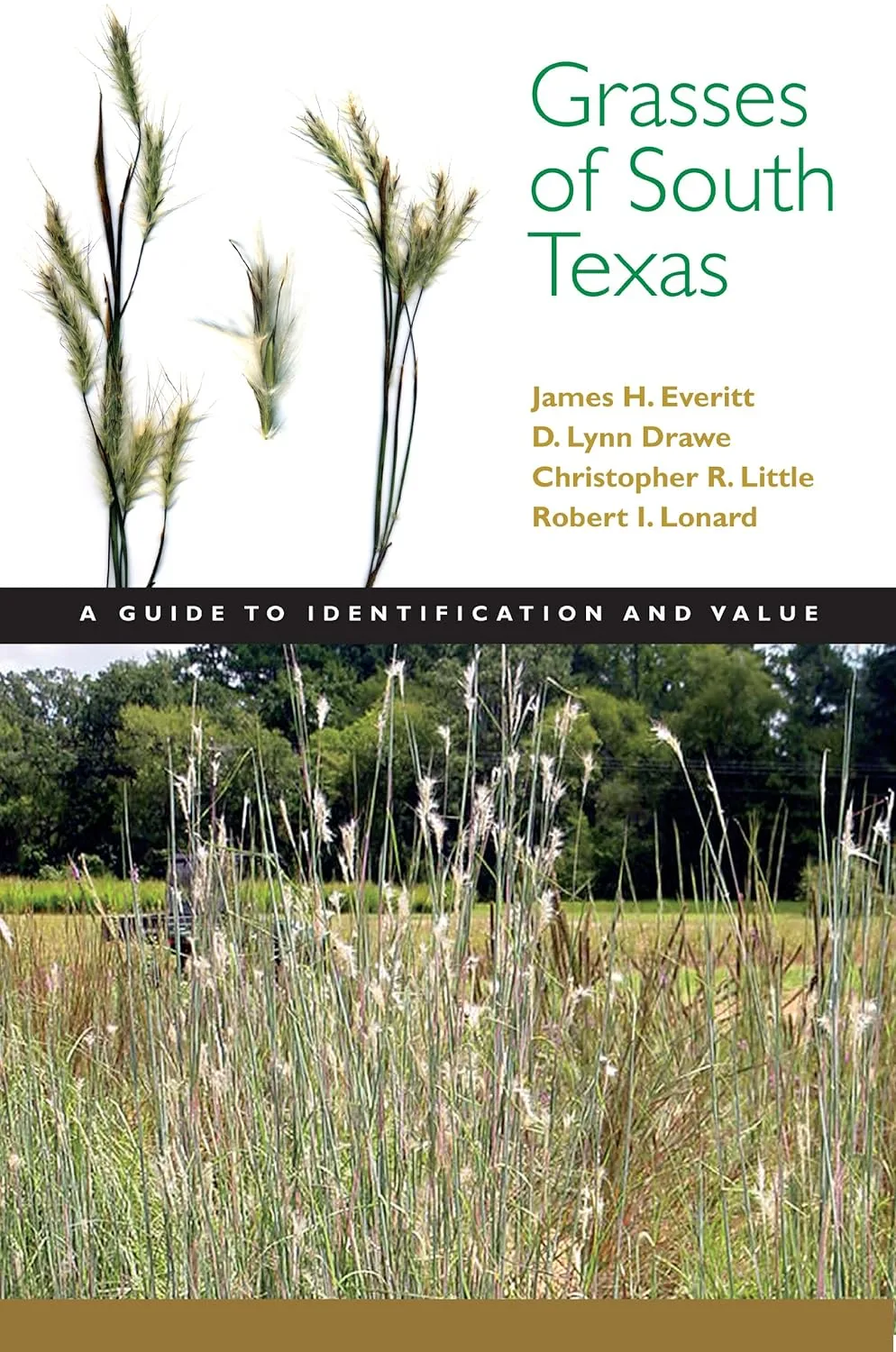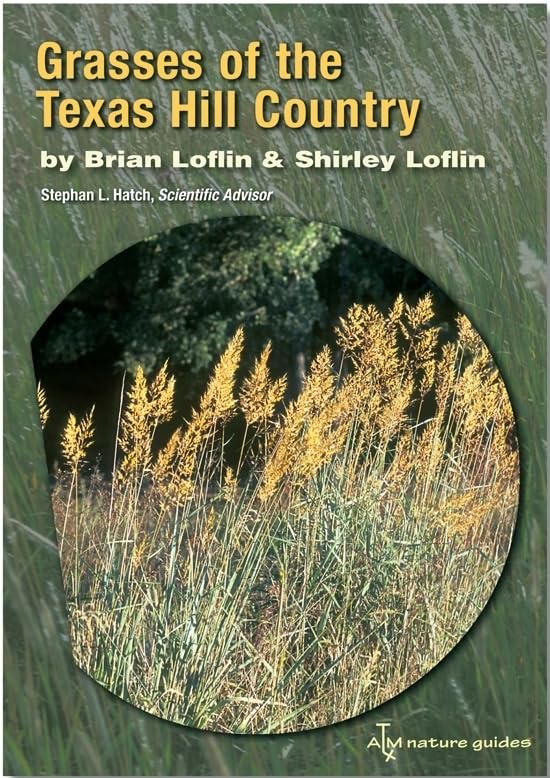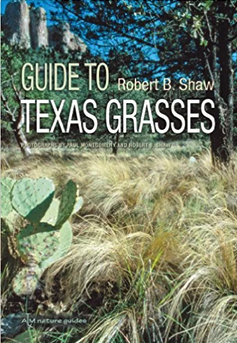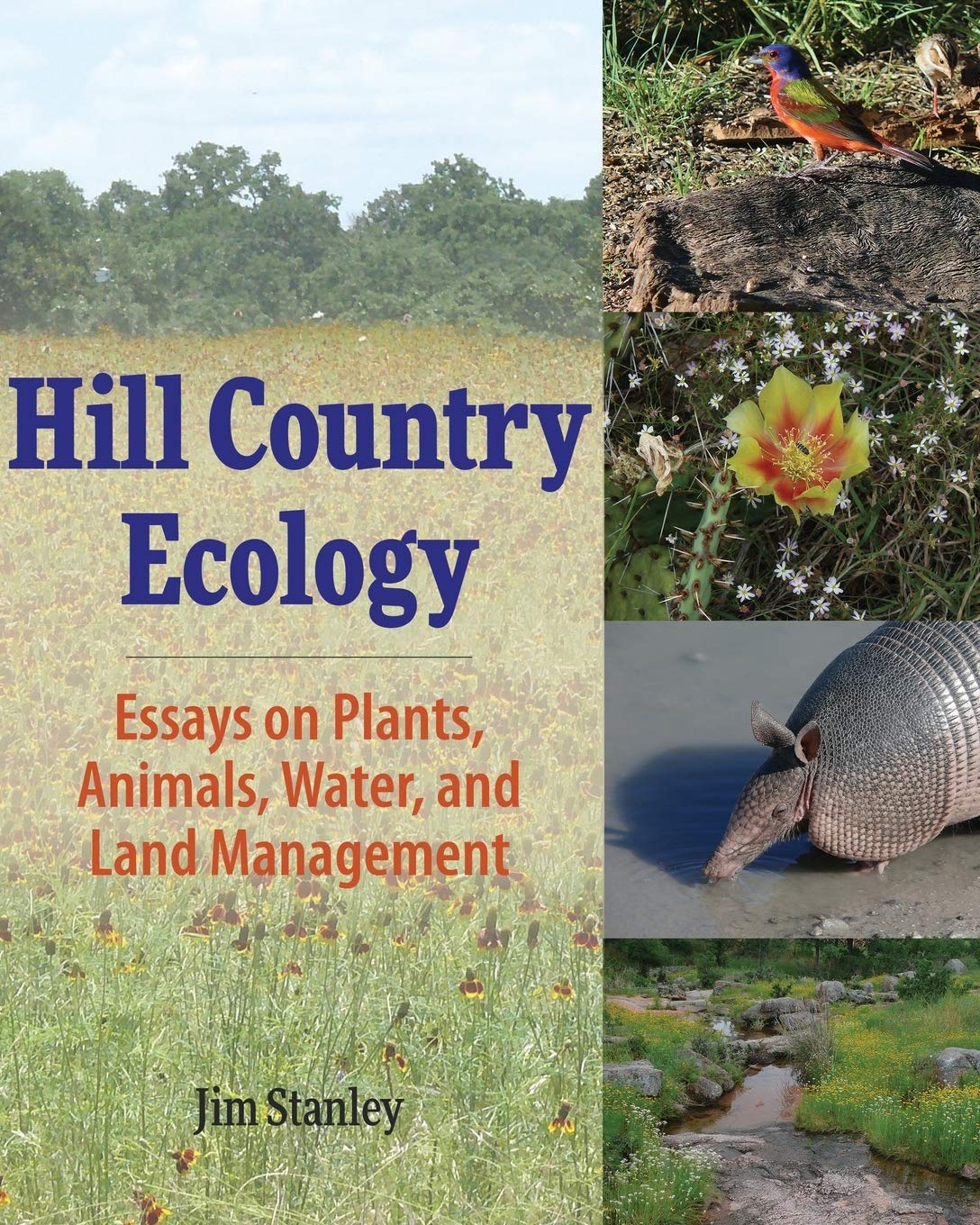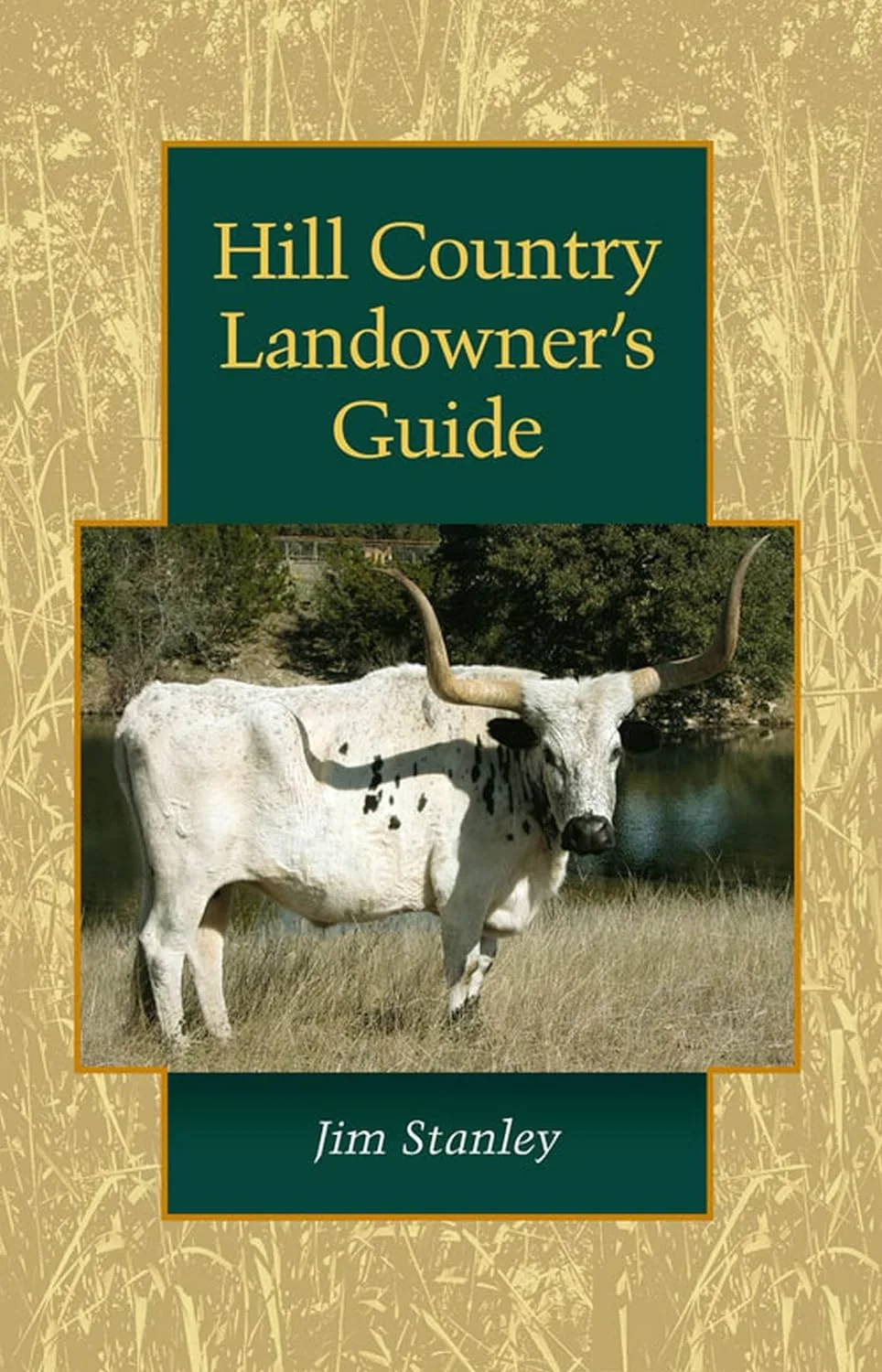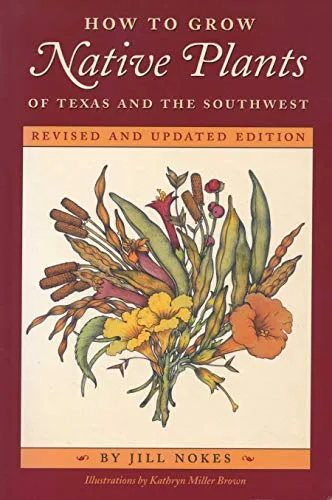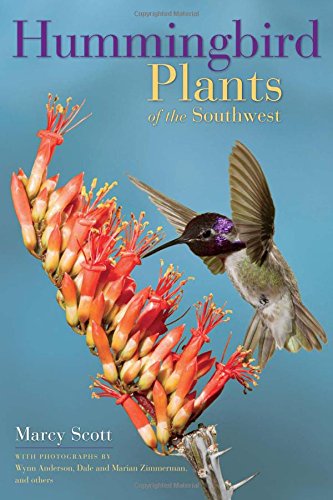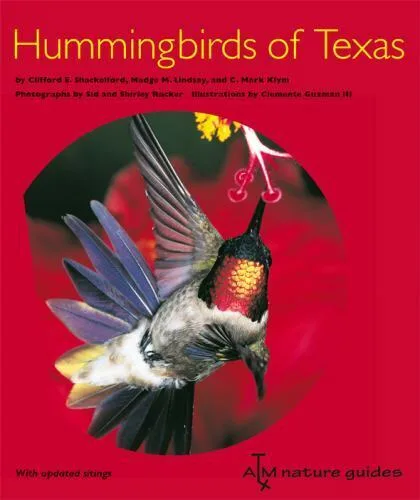
Bookstore
Welcome to our Virtual Bookstore! Enjoy browsing our selection of books about the Native Plants of Texas. We are offering this virtual bookstore through an Amazon Associates partnership. A portion of all purchases made through the Amazon links on this page will support the Native Plant Society of Texas. Thank you in advance for your support!
Our bookstore has raised thousands of dollars to support Texas native plants thanks to you!

Explore top picks and trending titles!
Expand these to see some featured books.
Best Sellers
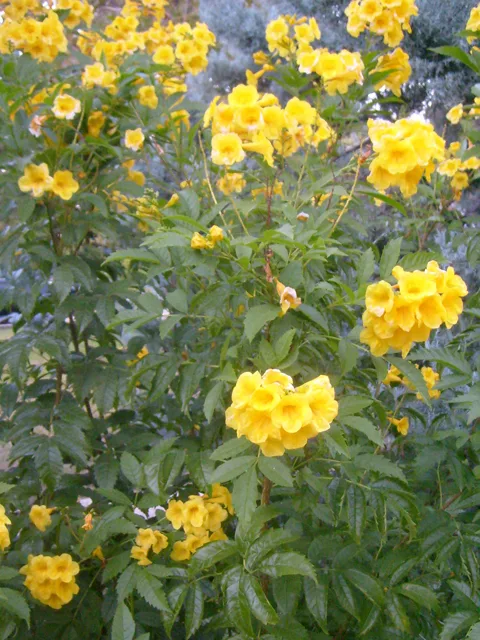
Esperanza – a N.I.C.E. spring plant and Texas SuperStar
Spring began on March 20th. To celebrate the change of season, the Kerrville
and Fredericksburg NPSOT chapters are promoting the Esperanza (Tecoma stans) at local nurseries as part of the N.I.C.E. Native Plant Partner program. (N.I.C.E. stands for “Natives Improve and Conserve Environments.”)
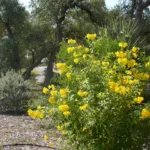 Esperanza, also known as “yellow bells” and “yellow trumpet,” is a native shrub with a tropical feel. Call it eye candy for your summer landscape – if you get it planted during the spring! Esperanza is seen all over the Hill Country, listed and pictured in every single landscape book around Austin or San Antonio, because of its long bloom time, heat tolerance, and low water use.
Esperanza, also known as “yellow bells” and “yellow trumpet,” is a native shrub with a tropical feel. Call it eye candy for your summer landscape – if you get it planted during the spring! Esperanza is seen all over the Hill Country, listed and pictured in every single landscape book around Austin or San Antonio, because of its long bloom time, heat tolerance, and low water use.
In the wild, the native esperanza will be found growing in well drained soil and full sun on rocky slopes near San Antonio and in the Trans-Pecos, north into New Mexico and Arizona, east to Florida and south into Central and South America. The species that is native to the southwestern U.S. and adjacent Mexico is Tecoma stans var. angustata, which is shorter, more drought-tolerant, and more cold-tolerant than some of the tropical varieties sold in nurseries.
South of us, esperanzas are considered almost evergreen, depending on the severity of the winter. Here in central Texas we call it a deciduous perennial – deciduous because it loses its leaves in the winter, and 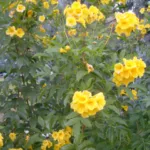 perennial because it comes back every year. The first winter, however, can be stressful or even fatal to esperanzas. That is why they should be planted in the spring, to have many months of root growth before the first hard freeze. And lots of mulch over the roots during that first winter. But at this time of year, that also means waiting to plant it until AFTER our last freeze of the winter. So you might want to hold off on planting it until you feel sure it will not freeze again. Our official “average last freeze” here is April 10.
perennial because it comes back every year. The first winter, however, can be stressful or even fatal to esperanzas. That is why they should be planted in the spring, to have many months of root growth before the first hard freeze. And lots of mulch over the roots during that first winter. But at this time of year, that also means waiting to plant it until AFTER our last freeze of the winter. So you might want to hold off on planting it until you feel sure it will not freeze again. Our official “average last freeze” here is April 10.
GOLD STAR ESPERANZA SPECIFICATIONS AT A GLANCE
Exposure: Full sun (will tolerate afternoon shade)
Size: 4-9 feet high
Planting time: Spring, after the threat of a freeze has passed
Soil type: Extremely easy to grow in alkaline to acidic, well-drained soils
Suggested uses: Use esperanza as a single specimen or plant it in groupings for a large swath of color.
Special notes: Esperanzas tolerate very high temperatures and drought – once established – but they do not tolerate poorly drained soils. During its first year, irrigate regularly, every week to 10 days, allowing plants to dry out between waterings.
WHERE TO FIND IT
Our local NICE nurseries have happily agreed to stock up on our Plant of the Season in order to have it available to the public. These independent nurseries carry only the best plants for our area, as well as high-quality soil amendments and gardening supplies.
Look for the “NICE Plant of the Season” sign stake at these nurseries and growers in Fredericksburg, Medina, Kerrville, and Comfort:
Friendly Natives, 1107 N. Llano Street, Fredericksburg, 830-997-6288
Medina Garden Nursery, 13417 Tx. Highway 16, Medina, 830-589-2771
Natives of Texas, 4256 Medina Highway, Kerrville, 830-896-2169
Plant Haus 2, 604 Jefferson Street, Kerrville, 830-792-4444
The Gardens at The Ridge, 13439 S. Ranch Road 783 (Harper Rd.), Kerrville, 830-896-0430
The Garden Haus, 109 Farm to Market Rd. 473, Comfort, 830-995-5610
Cindy Anderson, Kerrville chapter – for N.I.C.E. plants
Read Review...
Bicycling with Butterflies: My 10,201-Mile Journey Following the Monarch Migration
Sara Dykman
The author’s compelling personal journey confirming the urgency of supporting the 2-way migration of monarch butterflies. View an interview with the author on Central Texas Gardener here.
Read Review...
Bringing Nature Home: How You Can Sustain Wildlife with Native Plants
Douglas W. Tallamy
This book is a call to arms for gardeners who are searching for a better way to plant, maintain, and enjoy their gardens. The author argues that traditional landscaping practices are harmful to the environment and unsustainable in the long run. He advocates for a new approach to gardening that works with nature, not against it. The book provides practical advice on how to create a low-maintenance, sustainable garden that is both beautiful and beneficial to the environment. It includes in-depth profiles of native plants that are well-suited to different regions of the United States, as well as tips on how to design a garden that is both aesthetically pleasing and ecologically sound.
Read Review...
Gardening With Prairie Plants: How To Create Beautiful Native Landscapes
Sally Wasowski and Andy Wasowski
Filled with practical advice and detailed information, this indispensable guide to prairie gardening shows readers how to choose space, plan a garden, select plants and flowers, and much more.
Read Review...
Native Plants for Southwestern Landscapes
Judy Mielke
For gardeners who want to conserve water, the color, fragrance, shade, and lush vegetation of a traditional garden may seem like a mirage in the desert. But such gardens can flourish when native plants grow in them. In this book, Judy Mielke, an expert on Southwestern gardening, offers the most comprehensive guide available to landscaping with native plants. Writing simply enough for beginning gardeners, while also providing ample information for landscape professionals, she presents over three hundred trees, shrubs, vines, grasses, groundcovers, wildflowers, cacti, and other native plants suited to arid landscapes.
The heart of the book lies in the complete descriptions and beautiful color photographs of plants native to the Mojave, Sonoran, and Chihuahuan desert regions of the southwestern United States and northern Mexico. Mielke characterizes each plant and gives detailed information on its natural habitat, its water, soil, light, temperature, and pruning requirements, and its possible uses in landscape design.
Read Review...
Native Texas Gardens: Maximum Beauty Minimum Upkeep
Sally Wasowski and Andy Wasowski
This time-proven classic explores 600 gardens that make the most of the Lone Star State’s home-grown native greenery.
Read Review...
Native Texas Plants: Landscaping Region by Region
Sally Wasowski and Andy Wasowski
Landscape designs for every ecoregion and terrain found across Texas.
Read Review...
Nature’s Best Hope
Douglas W. Tallamy
Nature’s Best Hope shows how homeowners everywhere can turn their yards into conservation corridors that provide wildlife habitats. Because this approach relies on the initiatives of private individuals, it is immune from the whims of government policy. Even more important, it’s practical, effective, and easy—you will walk away with specific suggestions you can incorporate into your own yard.
Read Review...
Wildflowers of Texas
Micheal Eason
Michael Eason describes and illustrates more than 1,100 commonly encountered species, both native and introduced. The book is organized by flower color, with helpful color coding along the page edges making it easy to navigate.
Newest Additions
Naturalist’s Austin: A Guide to the Plants and Animals of Central Texas
Lynne M. Weber, Jim Weber
With clarity and depth of knowledge, Naturalist’s Austin: A Guide to the Plants and Animals of Central Texas provides a tour that includes nearly 700 species of plants and animals native to the region. The book opens with a natural history overview underscores the importance of a strong environmental ethic for ensuring the ability of naturally occurring species to thrive within an urban environment—even one exhibiting the type of explosive growth found in Austin.
Highlighting features of the area’s natural processes (migration, wildfire, caves, aquifers, and others), Weber and Weber present lavishly illustrated accounts of both common and unique plant and animal species, with selected exotics included, that may be found in Austin and the surrounding areas. Each section in the species accounts opens with an informative overview, and the individual accounts discuss species status, seasonality, descriptions, habitat, and “fun facts” related to interesting behaviors or adaptations.
With vivid photographs throughout, this colorful and informative guide is sure to be a favorite of Texas nature lovers. Naturalist’s Austin provides an authoritative and enjoyable resource for the greater appreciation and better stewardship of our natural resources.
Read Review...
Planting in a Post-Wild World: Designing Plant Communities for Resilient Landscapes
Thomas Rainer, Claudia West
Over time, with industrialization and urban sprawl, we have driven nature out of our neighborhoods and cities. But we can invite it back by designing landscapes that look and function more like they do in the wild: robust, diverse, and visually harmonious. This book is an inspiring call to action dedicated to the idea of a new nature—a hybrid of both the wild and the cultivated—that can flourish in our cities and suburbs. This is both a post-wild manifesto and practical guide that describes how to incorporate and layer plants into plant communities to create an environment that is reflective of natural systems and thrives within our built world.
Read Review...
Your Remarkable Riparian A Field Guide to Riparian Plants Within the Nueces River Basin of Texas
Steve Nelle
This user-friendly guide introduces the most commonly observed riparian vegetation in
the Edwards Plateau and Rio Grande Plains. However, most of the plants presented
herein occur in riparian areas all across Texas, including the Cross Timbers, Trans-Pecos
and Rolling Plains. The riparian principles described apply to all creeks and rivers.
We’ve included images and details on plants that truly provide the heavy lifting when
it comes to holding and cleaning water within the riparian landscape.
This field guide is a tool that you can refer to again and again. Keep it on the dashboard,
take it to the creek, or leave it on the kitchen table so you can consult it regularly. It’s up to
you to learn to read your riparian areas and determine if they’re gaining or losing function.
With this knowledge and appreciation, you can successfully assess and monitor your
riparian areas and help manage them in ways that conserve and enhance their function.
The Purchase button links to a FREE PDF eBook.
Read Review...
Weeds in South Texas and Northern Mexico: A Guide to Identification
James H. Everitt, D. Lynn Drawe, Robert I. Lonard
One person’s weed is another’s wildflower, but in this book weeds of southern Texas and northern Mexico are defined as plants that are considered a nuisance to farmers or noxious to livestock in the region. The book covers 189 broad-leaved herbaceous species, grasslike plants, and grasses, encompassing 144 genera and 45 families. These include one species of fern, 142 species of dicots, and 46 species of monocots. Of the dicots, 111 species of dicots are native and 31 are introduced. Twenty-one species of monocots are native, and 25 are introduced.
The species descriptions include color photographs, family names, common names, scientific names, general descriptions, and the ecological characteristics of the weeds. Voucher specimens for most of the plants are on file in the University of Texas–Pan American Herbarium. Although this book focuses on plants that occur on both sides of the Rio Grande in Texas and northern Mexico, the extensive ranges of many of the represented species make it a useful reference for weeds in other areas of Texas and the southwestern United States. This book will be useful to farmers and farm managers, agricultural consultants, ranchers, natural resource managers, scientists, and anyone interested in the flora of southern Texas and northern Mexico.
Read Review...
The Solitary Bees: Biology, Evolution, Conservation
Bryan N. Danforth, Robert L. Minckley, John L. Neff
This book uses a modern phylogenetic framework to shed new light on the life histories and evolution of solitary bees. It explains the foraging behavior of solitary bees, their development, and competitive mating tactics. The book describes how they construct complex nests using an amazing variety of substrates and materials, and how solitary bees have co-opted beneficial mites, nematodes, and fungi to provide safe environments for their brood. It looks at how they have evolved intimate partnerships with flowering plants and examines their associations with predators, parasites, microbes, and other bees. This up-to-date synthesis of solitary bee biology is an essential resource for students and researchers, one that paves the way for future scholarship on the subject.
Read Review...
Trees, Shrubs & Cacti of South Texas
James H. Everitt, D. Lynn Drawe, Robert I. Lonard
Two hundred vivid color photographs illustrating approximately 190 species of plants are included in this field guide to the flora of southern Texas. The trees, shrubs, and cacti described within the volume are representative of much of the plant life throughout the coastal Southwest and northern coastal Mexico. Included are family name, scientific name, common name, general description, geographical range, and ecological characteristics.
Read Review...
Wanted! Mountain Cedars, Dead and Alive
Elizabeth McGreevy
This book tells the story of Mountain Cedar trees that grow in the Texas Hill Country. Over the last 100 years, these trees have been characterized as non-native, water-hogging, grass-killing, toxic, useless species to justify their removal. The result has been a glut of Mountain Cedar tall tales and anti-cedar sentiments.
Inside this ambitious, well-researched book, natural resources planner and ecologist Elizabeth McGreevy presents another perspective of these trees, also known as Ashe Junipers or Blueberry Junipers. While digging into Texas Hill Country politics, history, economics, culture, and ecology, McGreevy tracks down the origins of each tall tale to determine what is true, what is false, and what lies somewhere in between. She also explains why people respected Mountain Cedars before the 1900s, and what events led to the trees’ downfall and the landscape we see today.
Through a series of arguments, this book serves to replace anti-cedar sentiments with a more constructive, less emotional approach to Hill Country land management and a perspective that not all Mountain Cedars are bad.
Read Review...
Wicked Plants: The Weed that Killed Lincoln’s Mother and Other Botanical Atrocities
Amy Stewart
In this book Stewart takes on over two hundred of Mother Nature’s most appalling creations. It’s an A to Z of plants that kill, maim, intoxicate, and otherwise offend. You’ll learn which plants to avoid (like exploding shrubs), which plants make themselves exceedingly unwelcome (like the vine that ate the South), and which ones have been killing for centuries (like the weed that killed Abraham Lincoln’s mother).
Menacing botanical illustrations and splendidly ghastly drawings create a fascinating portrait of the evildoers that may be lurking in your own backyard. Drawing on history, medicine, science, and legend, this compendium of bloodcurdling botany will entertain, alarm, and enlighten even the most intrepid gardeners and nature lovers.
Read Review...
Browse our Books
Butterflies through Binoculars: The West
Jeffrey Glassberg
This book is a field guide to the butterflies of Western North America. The book offers a comprehensive display of all the magnificent butterflies of the western region, stretching from the plains of middle America to the Pacific coast, and from southwestern Canada all the way to the Hawaiian islands. The guide contains over 1,000 stunning photographs that capture live butterflies in the wild and show their relative size, which aids in identification. The book also includes range maps, color-coded to indicate the number of broods in each region, inform butterfly watchers where they should look for each species. The guide is a great resource for those interested in learning more about the butterflies of Western North America.
Read Review...
Butterfly Gardening for Texas
Geyata Ajilvsgi
“Butterfly Gardening for Texas” is a book written by Geyata Ajilvsgi, an expert on plant and butterfly species in Texas. The book provides practical information about all kinds of butterflies and the many flowers and other plants they utilize in their miraculous life cycle: from hidden egg to munching caterpillar to cryptic chrysalis to nectar-sipping, winged adult. The book is written in an engaging, nontechnical style for anyone who wants to attract butterflies to the yard or garden.
It provides tips for making gardens caterpillar- and butterfly-friendly, in-depth profiles of more than fifty butterflies, descriptions of the food plants for a variety of both caterpillars and butterflies, and plant lists for easy selection and substitution, depending on where you live and what is available. For those who want specific advice on what to plant where, Ajilvsgi has designed useful, adaptable landscape plans and extensive planting options for each of seven state regions.
Read Review...
Butterfly Gardening for the South
Geyata Ajilvsgi
Information on creating an “instant” butterfly garden, growing pollinator-friendly native plants, how to photograph butterflies, and more.
Read Review...
Cacti of Texas and Neighboring States
Del Weniger
This is a field guide that provides an illustrated overview of the cacti found in Texas and surrounding states. The guide covers over 100 species of cacti, including the ten genera of cacti found in Texas, such as Echinocereus, Wilcoxia, Peniocereus, and Acanthocereus. The book is a great resource for those interested in learning more about the cacti of Texas and the surrounding region.
Read Review...
Central Region Seedling ID Guide for Native Prairie Plants
USDA Natural Resources Conservation Service
This book is a field guide that provides a comprehensive overview of native prairie plants at various stages of growth. The guide is authored by the USDA-NRCS Elsberry Plant Materials Center and the Missouri Department of Conservation and was published in 2007. The guide contains full-color photos of numerous Midwestern prairie seedlings as well descriptions of their characteristics, metrics, annual cycles, and more. It also contains full-color photos of seeds of the same plants. The goal of this guide is to help identify native plants at various stages of growth. Color photos illustrate seed, seedling, juvenile, and flowering stages, in addition to a distinguishing characteristic. Brief text provides additional identification help. The guide is a great resource for those interested in learning more about the native prairie plants of the central region.
Read Review...
Common Rangeland Plants of West Central Texas
George Clendenin
Detailed descriptions and line drawings help identify 140 economically important grasses, wildflowers, shrubs, and trees on Texas rangelands, as well as the benefit of each to wildlife.
Read Review...
Common Texas Grasses: An Illustrated Guide (Volume 3)
Frank W. Gould, Brushy Creek Chapter of the Native Plant Society of Texas
This book is a field guide that provides an illustrated overview of the most significant common grasses growing in Texas. The guide contains a key to updated names of grasses, prepared by Stephan L. Hatch, and includes a line drawing and botanical description for each of the 150 most familiar and important grass species in Texas. The guide is a great resource for those interested in learning more about the native grasses of Texas.
Read Review...
Doug Welsh’s Texas Garden Almanac
Douglas F. Welsh
This book is a comprehensive guide for gardeners and “yardeners” in Texas. The book provides detailed information on flowers, garden design, trees, shrubs, and vines, as well as vegetable, herb, and fruit gardening. It also covers soil, mulch, water, pests, and plant care to create beautiful, productive, healthy gardens and have fun doing it!
Read Review...
Edwards Plateau Vegetation: Plant Ecological Studies in Central Texas
Bonnie B. Amos, Frederick R. Gehlbach
This book is a collection of eight studies of the Edwards Plateau originally presented at a symposium sponsored by the Southwestern Association of Naturalists. The aim of the book is to provide an introduction to the vegetational landscape, including representative photographs, specific research about the history of vegetation patterns, and quantitative information on current structure and succession.
Read Review...
Explorers’ Texas: The Lands and Waters
Del Weniger
This book describes Texas as it was when European explorers arrived, shares the impressions of early travelers, and explains how the prairies have changed.
Read Review...
Field Guide to Common Texas Grasses
Stephan L. Hatch , Kelly C. Umphres, A. Jenét Ardoin
The book covers 172 species of grasses and contains range maps and color images of the inflorescences and spikelets of each species along with detailed, black-and-white illustrations found in the original volume. The plants are arranged by growth characteristics, ranging from free-floating aquatics to shrubs, and each plant occupies a handy, two-page spread. The book is a standard field reference for botanists, students, and naturalists and is available in flexbound format with 448 pages, 348 color photos, and 174 maps.
Read Review...
Field Guide to the Broad-Leaved Herbaceous Plants of South Texas
James H. Everitt, D. Lynn Drawe, Robert Lonard
“Field Guide to the Broad-Leaved Herbaceous Plants of South Texas: Used by Livestock and Wildlife” is a comprehensive guide to the most significant common grasses growing in Texas. The book covers 185 species of broad-leaved herbaceous plants that are of importance to wildlife, livestock, and humans in southern Texas. The book provides range maps and color images of the inflorescences and spikelets of each species along with detailed, black-and-white illustrations found in the original volume. The plants are arranged alphabetically by scientific name, and each plant occupies a handy, two-page spread.
Read Review...
Flowering Plants of Trans-Pecos Texas and Adjacent Areas
A. Michael Powell and Richard D. Worthington
Taxonomic treatments of 2343 flowering plant species,120 sub-specific taxa, with botanical information.
Read Review...
Fruitless Fall: The Collapse of the Honey Bee and the Coming Agricultural Crisis
Rowan Jacobsen
This is a book authored by Rowan Jacobsen that discusses the disappearance of the world’s honeybee population and how it puts the food we eat at risk.
Read Review...
Gardening With Prairie Plants: How To Create Beautiful Native Landscapes
Sally Wasowski and Andy Wasowski
Read Review...
Grasses of South Texas: A Guide to Identification and Value
James H. Everitt, D. Lynn Drawe, Robert I. Lonard
This book is a field guide that provides an illustrated overview of the most significant common grasses growing in South Texas. The guide catalogs 250 taxa, representing 9 subfamilies, 15 tribes, and 88 genera. Detailed descriptions, accompanied by color photographs, cover 175 native species and 75 that were introduced. High-resolution photographic scans of pressed field samples show detailed characteristics necessary for identification. Included for each species are common and scientific names and their importance to livestock, wildlife, and man. Detailed keys are provided for the genera and species covered. The guide is a great resource for those interested in learning more about the grasses of South Texas.
Read Review...
Grasses of the Texas Hill Country
Brian Loflin, Shirley Loflin
This book is a field guide that provides an illustrated overview of the most significant common grasses growing in the Texas Hill Country. The guide catalogs over 170 species of grasses, including the most common grasses in the region such as little bluestem, muhly grass, sideoats grama, curley mesquite, Indian grass, and bear grass. The guide is a great resource for those interested in learning more about the grasses of the Texas Hill Country.
Read Review...
Guide to Texas Grasses
Robert B. Shaw
Robert B. Shaw, and the team at Texas A&M University Institute of Renewable Natural Resources, provide an indispensable reference to the world’s most economically important plant family.
Read Review...
Half Earth: Our Planet’s Fight for Life
Edward O. Wilson
This book is a book written by Edward O. Wilson, a biologist and environmental advocate. The book discusses the threat of mass extinction, known as the Sixth Extinction, taking place at humanity’s own hands. Wilson proposes an achievable plan to save our imperiled biosphere: devote half the surface of the Earth to nature. The book argues that the situation facing us is too large to be solved piecemeal and proposes a solution commensurate with the magnitude of the problem: dedicate fully half the surface of the Earth to nature.
Read Review...
Hill Country Ecology; Essays on Plants, Animals, Water, and Land Management
Jim Stanley
This book is a collection of essays that describe the ecology of the Texas Hill Country, including the native habitat, the land, the water, the plants, the animals, the people, and the myriad interactions among them. The essays are brief, easy-to-read, and have originally appeared in the Kerrville Daily Times under Stanley’s weekly column, “Hill Country Naturalist,” for the past seven years.
Read Review...
Hill Country Landowner’s Guide
Jim Stanley
In this invaluable book, Jim Stanley charts a practical course for understanding and handling a variety of problems that both new and established landowners in the Texas Hill Country will confront—from brush control, grazing, and overpopulation of deer to erosion, fire, and management of exotic animals and plants.
Filled with advice that landowners can easily absorb and implement, this book conveys basic knowledge Stanley has gained from personal experience and from other experts during his years in the Hill Country.
Read Review...
How to Grow Native Plants of Texas & the Southwest
Jill Nokes
This book provides practical information about growing native plants in Texas and the Southwest. It offers strategies for making and maintaining a diverse, layered landscape that provides outdoor rooms and turf areas for children and pets, incorporates fragrance and edible plants, and provides cover, shelter, and sustenance for wildlife. The book is richly illustrated and informed by both a keen eye for design and an understanding of how healthy ecologies work. It includes in-depth profiles of over 350 species of trees, shrubs, and woody vines, and provides propagation and care information for each species.
Read Review...
Hummingbird Plants of the Southwest
Marcy Scott
120 plant profiles, with detailed information on their significance to hummingbirds.
Read Review...
Hummingbirds of Texas
Clifford E. Shackelford, Madge M. Lindsay, C. Mark Klym
Written for a general audience, with spectacular images for birders and nature enthusiasts at every level, Hummingbirds of Texas reveals the enormous appeal of this tiniest and shiniest of birds. The book opens with a look at the many manifestations of the human attraction to these flying jewels. Tips make attracting hummingbirds to your own lawn or garden easy, such as what to plant in the ground or in pots and how to choose and take care of feeders. The authors then showcase the nineteen different hummingbird species that have appeared in the region covered by the book. Magnificent color photographs and original artwork aid in identification and accompany descriptions, range maps, and abundance graphs for each species.
Read Review...

